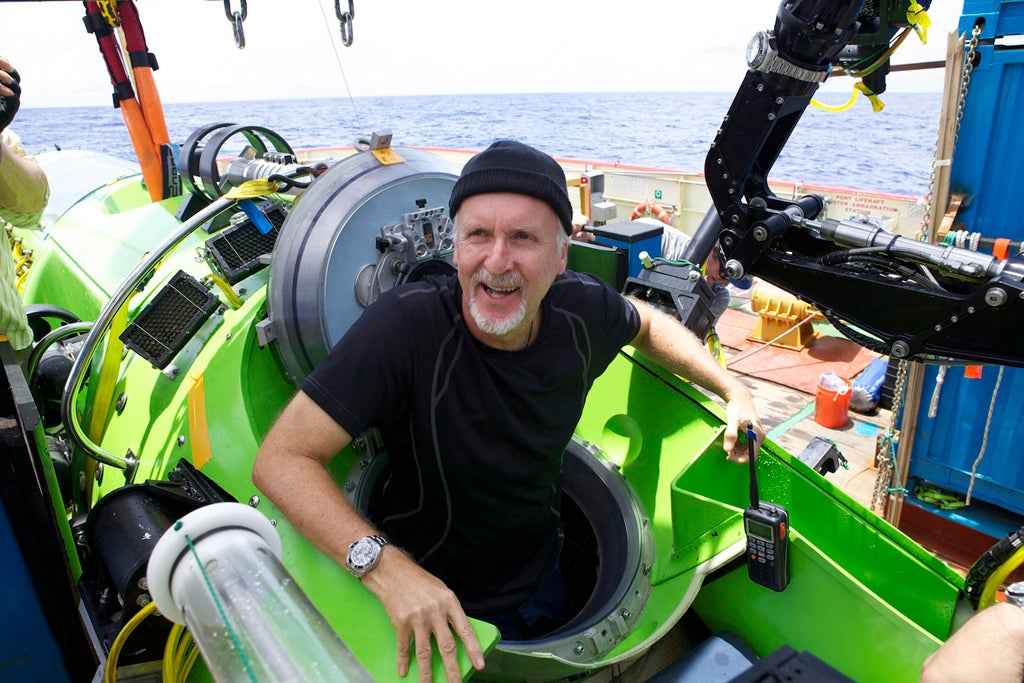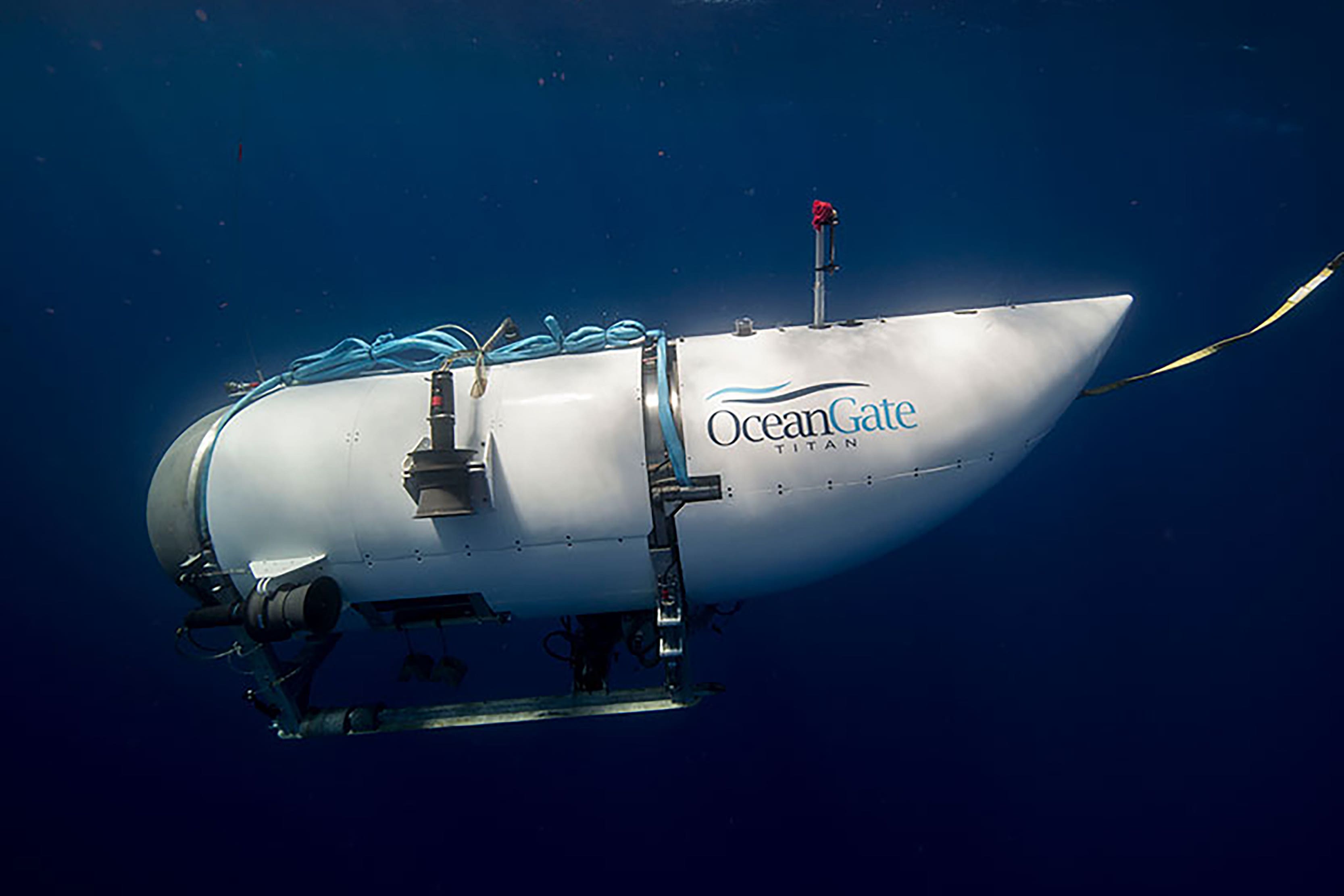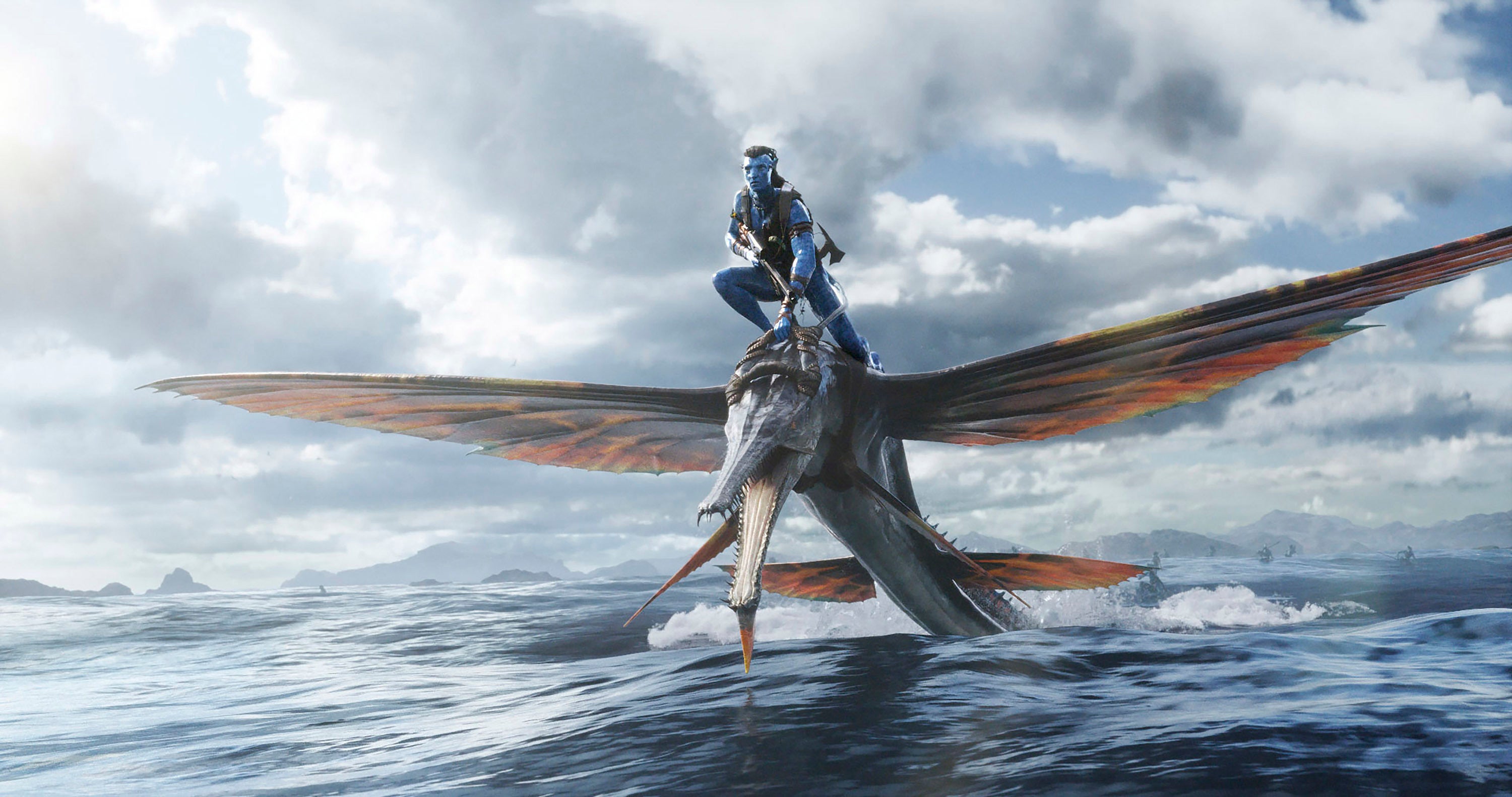James Cameron knew about the Titanic sub implosion days before it was found. This is why
James Cameron’s insights into the Titan submersible tragedy caught many by surprise. But the ‘Titanic’ filmmaker has been immersed in the deep-sea exploration community for decades, Bevan Hurley writes


Your support helps us to tell the story
From reproductive rights to climate change to Big Tech, The Independent is on the ground when the story is developing. Whether it's investigating the financials of Elon Musk's pro-Trump PAC or producing our latest documentary, 'The A Word', which shines a light on the American women fighting for reproductive rights, we know how important it is to parse out the facts from the messaging.
At such a critical moment in US history, we need reporters on the ground. Your donation allows us to keep sending journalists to speak to both sides of the story.
The Independent is trusted by Americans across the entire political spectrum. And unlike many other quality news outlets, we choose not to lock Americans out of our reporting and analysis with paywalls. We believe quality journalism should be available to everyone, paid for by those who can afford it.
Your support makes all the difference.In a series of stunning interviews on Thursday, James Cameron revealed he knew highly sensitive details about the Titan submersible search and rescue mission days before it was released publicly.
Cameron was aware that top secret US Navy listening devices had detected an implosion near the Titanic wreckage within an hour of it occurring on Monday, and has since described the search for the five crew members as a “nightmarish charade”.
He has also claimed that the Titan crew would have known that the submersible’s hull had started to crack and were trying to resurface when the “catastrophic implosion” occurred.
The 68-year-old told ABC News that his contacts within “the community” had shared details of the mission with him, a reference to the small and close-knit submersible Manned Underwater Vehicle (MUV) industry.
Follow the latest updates on the Titanic sub here
While best known for his filmmaking exploits, from Titanic to The Terminator and the Avatar franchise, Cameron has said his true love is deep-ocean exploration.
“Some people think of me as a Hollywood guy… (but) I make Avatar to make money to do explorations,” Cameron told The Daily Telegraph in 2018.
A life-long obsession
One of Cameron’s earliest films, The Abyss, is described as a “claustrophobic survival thriller” about the search for a submarine that sinks in the Caribbean.
In a 1989 interview with the New York Times to promote the film, he said that scuba diving had allowed him to discover the “keys to another world”.
In 2012, Cameron became the first person to solo pilot a sub to the world’s deepest point, Challenger Deep, in the Mariana Trench, 11km beneath the ocean’s surface.
It was just the second time anyone had been to the “most remote, isolated place on the planet” after trailblazing oceanographers Don Walsh and Jacques Piccard first reached Challenger Deep 52 years earlier in 1960.
“I really feel like in one day I’ve been to another planet and come back,” he told the BBC after completing the dive.

He described how the trip was the fulfillment of a lifelong dream to travel to the world’s deepest spot in the 2014 documentary Deepsea Challenge, which took viewers on a journey to the Mariana Trench in the western Pacific Ocean through his camera lens.
The documentary showed Cameron’s obsession with the science and technical aspects behind deep-sea exploration, where the extreme water pressure and shifting ocean currents can turn fatal in an instant.
He personally oversaw the design and construction of the $10m Deepsea Challenger submarine, which had over 180 interconnected onboard systems, including batteries, thrusters, life support, 3D cameras, and LED light.
The stark difference between Cameron’s sub and OceanGate’s Titan was displayed in a side-by-side comparison of the vessels’ interiors.
On the left: the interior of James Cameron’s submersible, the Deep Sea Challenger. It cost $10 million. On the right: the interior of the Titan. pic.twitter.com/9WyMjbdATm
— Dr. Crystal Fleming クリスタル (@alwaystheself) June 22, 2023
The inner walls of the Deepsea Challenger’s steel pilot sphere are stacked with advanced safety systems.
In the Titan, OceanGate CEO and founder Stockton Rush is seen in the Titan’s sparse hull holding a PlayStation controller, with just a screen behind him.
Cameron is part-owner of Triton Submarines which makes high-tech submersibles for research and tourism, and whose vessels have made several descents to Challenger Deep.
This week, he described the Titan’s construction out of carbon fibre composite as a major safety red flag.
He explained that the lightweight composite, popular in aeronautics and sailing, was not designed to withstand the compression which occurs when subs descend to extreme depths.
Pressure hulls are typically made out of contiguous materials such as steel, titanium, ceramic or acrylic, which are better for conducting tests, Cameron told told Reuters in an interview.
“We celebrate innovation, right? But you shouldn't be using an experimental vehicle for paying passengers that aren't themselves deep ocean engineers,” he told Reuters.
He said the wider submersible engineering community had raised concerns about the OceanGate Expeditions vehicle, and that he regretted not going public with his own fears earlier.
‘The sub imploded’
The US Navy revealed on Thursday that top secret acoustic detectors used to track enemy submarines had picked up the fatal blast on Sunday.
“While not definitive, this information was immediately shared with the Incident Commander to assist with the ongoing search and rescue mission”, a senior Navy official told the Wall Street Journal, who first reported the news.
Four days later, the US Coast Guard revealed that a remotely operated vehicle (ROV) had located pieces of debris from the Titan on the seabed 1,600ft (about 500m) from the bow of the Titanic wreck.

The five crew members died in a “catastrophic implosion” soon after it lost contact with its support ship an hour and 45 minutes into the dive, officials said.
In interviews with CNN and Reuters, Cameron told how he had learned of the implosion soon after it occurred.
“We got confirmation within an hour that there had been a loud bang at the same time that the sub comms were lost. A loud bang on the hydrophone. Loss of transponder. Loss of comms. I knew what happened. The sub imploded,” he told Reuters.
Cameron emailed colleagues in the MUV industry on Monday that the Titan was without doubt “on the bottom in pieces right now”.
The system that detected the implosion is used to monitor enemy submarines, and the Navy considered it so crucial to national security that it asked that asked media not to identify it by name, the Journal reported.
It’s unclear whether information about implosion was shared with the families of those onboard, who continued to express hope of finding survivors.
The deaths of the OceanGate CEO, Pakistani businessman Shahzada Dawood and his son Suleman, British billionaire Hamish Harding, and French adventurer Paul-Henri Nargeolet were the first deep-sea fatalities ever recorded in the industry.
Cameron said the death of his close friend Nargeolet, a 77-year-old experienced adventurer known as Mr Titanic, was “impossible for me to process”.
He added that he had heard through “the community” that the Titan had dropped its ascent weights and was “trying to manage an emergency” when the implosion occurred.
“They probably had a warning that their hull was starting to delaminating and the hull was starting to crack,” Cameron told ABC News in an interview.
“We understand from inside the community that they had dropped their ascent weights and they were coming up, trying to manage an emergency,” the filmmaker said.
Chilling parallels
Cameron has likened the tragic fate of the Titan to the ocean liner its crew were trying to reach.
“I’m struck by the similarity of the Titanic disaster itself, where the captain was repeatedly warned about ice ahead of his ship and yet he steamed at full speed into an ice field on a moonless night,” Cameron told ABC News.
About 1,500 people were killed when the Titanic sank in April 1912. The site of the wreck remained a mystery until 1985, when explorer Robert Ballard located its remains about 640kms off the coast of Newfoundland, Canada, at a depth of 4,000m.
The filmmaker has visited the Titanic wreckage 33 times, making his his first trip in 1995 to shoot footage for his blockbuster film, which became the first to gross over $1bn worldwide within 74 days of its release in 1997.
Cameron was inside a submersible exploring the shipwreck on 11 September 2001, when terrorists flew two passenger jets into the World Trade Centre.
He would tell Spiegel International in 2012 that he “was presumably the last man in the Western Hemisphere to learn about what had happened”.
On another dive, he described becoming trapped in the wreck for 16 hours, as the oceans’ strong undercurrents held his submarine at the bottom of the ocean.

He later mused that he had probably spent more time on the Titanic “than the captain did back in the day.”
Between making Titanic, and Avatar, released in 2009, Cameron took a hiatus from making Hollywood megahits to film several documentaries about his deep-sea adventures.
In 2003’s Ghosts of the Abyss, Cameron documented his extensive exploration of the Titanic wreck.
For 2005’s Aliens of the Deep, Cameron and fellow cameraman Steve Quayle teamed up with NASA scientists to explore to explore the Mid-Ocean Ridge, a submerged chain of mountains that band the Earth.
The film showed for the first time ten hydrothermal vents in the Atlantic and Pacific oceans that support some of the most unique organisms anywhere on the planet, including giant tube worms and swarms of blind white crabs.
The latest installment of Cameron’s Avatar series, The Way of Water, is set on the aquatic ecosystems of a world 25 trillion miles from Earth.
Cameron has said he regards all of his underwater explorations as research for The Way of Water.
In an interview with Indie Wire last year, Cameron said he had worked with digital visual effects company Wētā FX to “render water seamlessly”.
“What we found was that there wasn’t a magic wand technical solution. It turned out to be very artist-sensitive, meaning the individual artists working with the tools had to learn the way of water, it became this Zen archery thing,” he told the film industry site.


Join our commenting forum
Join thought-provoking conversations, follow other Independent readers and see their replies
Comments